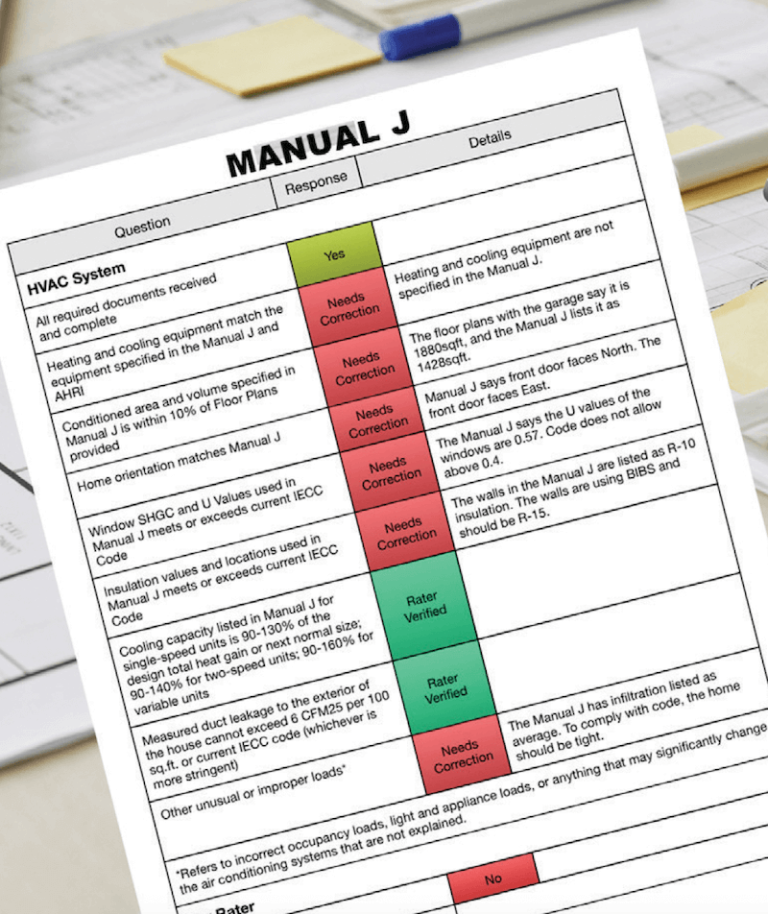Tips for Smart Home Buying
When looking to purchase a new home, most buyers are drawn to the visually appealing features right away, such as the open floor plan, gorgeous flooring, designer light fixtures, and exotic granite countertops. These characteristics frequently influence consumer choices, which are influenced by feelings and initial perceptions. Long-term contentment is actually determined by elements that are less obvious but significantly more significant. Important factors include good resale value, long-lasting and low-maintenance design, healthy air quality, affordable utility expenses, and enjoyable indoor comfort. These advantages of high-performance verified homes are subtle at first but profoundly felt after occupying the area. Making a house decision only on the basis of aesthetics can backfire. So how can you determine, before purchasing, whether a house is a high-performance, energy-efficient home?

Not a single contractor will dispute the energy efficiency of their house. Every builder will claim that their house is energy efficient, but to what standard does that apply? This guide is intended to assist prospective homeowners in determining whether the house they are considering is, or will be constructed as a high-performance energy-efficient home.
The International Energy Conservation Code (IECC) of 2015 serves as the foundation for today’s energy code. The code establishes the minimal energy efficiency standards for newly constructed residences constructed after August 1, 2016, when it was approved by the State of Texas. Verification is necessary for high-performance energy-efficient dwellings, which are defined as those constructed to requirements greater than those mandated by the 2015 IECC. Here’s what you need to know and some questions you can ask the builder to help identify those homes.
1. Does the home have a high- performance certification?
Programs such as the ENERGY STAR® Program and BUILT TO SAVE® Program offer certifications to houses that fulfill the stringent requirements needed to be considered high-performance energy-efficient homes. Request a copy of the certification and the systems label for the house, which are needed by code once the house is constructed. Find out if the house is part of any initiative’s programs if it is still under development.
2. Do code officials enforce the 2015 IECC or better ?
No issue if they do. If not, builders need to be aware that Texas law mandates adherence to the 2015 International Energy Conservation Code. The 2015 IECC is not negotiable by the builder, even in the event that city code officials choose not to enforce it. The builder bears the final obligation for adhering to the code, not the local code official.
3. How many of the builder’s homes have been certified as energy efficient?
A builder’s dedication to producing energy-efficient houses can be determined by looking at if 100% of its homes have earned the BUILT TO SAVE® or ENERGY STAR® certifications. These builders are true leaders in the industry; they put in a lot of time and money to construct homes that save consumers money on energy costs, but more importantly, these homes will be more comfortable, have better indoor air quality, require less upkeep, and may even increase in value when the time comes for homeowners to resell.
The minimal requirement of energy-efficient programs like BUILT TO SAVE® or ENERGY STAR® is one certified home every year, which some contractors only build in order to maintain the right to use the program’s brand in their marketing. You have to ask these builders for an energy-efficient home certification if you want one.
4. Was the home modeled for energy efficiency?
You can model any kind of home before it is constructed. All you need is a set of plans and a Manual J that details the specifications for the home’s HVAC system (heating, ventilation, and air conditioning). A home energy rater models the house using the data from these documents and forecasts how energy-efficient it will be once it is constructed.
The Home Energy Rating System score (HERS) and the estimated percentage of energy efficiency over minimum code requirements are generated by the rater’s software. Contractors can alter the models as needed to achieve the desired outcome. In order to certify a home under the BUILT TO SAVE® or ENERGY STAR® programs, modeling is the first step.

5. Was a blower door test and a duct blaster test performed?
These examinations are carried out by a certified energy rater with specific tools. By measuring how much air leaks out and in via the doors, windows, roof, and other openings in the house, the blower door test determines how leaky the house’s envelope is. The heating, ventilation, and air conditioning systems’ ductwork leaks are measured with the duct blaster test.
The 2015 IECC mandates these tests in order to meet minimum code requirements. However, keep in mind that a property does not automatically earn an energy-efficient certification merely because it passed these tests. Furthermore, as mandated by legislation, the assessments must be carried out by a certified home energy rater who is unaffiliated with any aspect of the house’s construction, including HVAC-related services or goods.
6. Did the home receive a Home Energy Rating System score?
The most accurate way to predict how energy-efficient a house will be is to look at its Home Energy Rating System (HERS) score. In terms of energy efficiency, the lower the score, the better the house should perform. You won’t be able to anticipate your utility bills until you move in without a HERS score or other expected performance data. Without knowing an automobile’s miles per gallon (MPG), you wouldn’t purchase one. What makes a home without a HERS score desirable, then?
7. Is the air conditioning unit sized properly for the home?
50% of the energy used in the house comes from the air conditioner, but more significantly, 100% of the comfort is provided by it. Excessive size air conditioning units not only consume more energy due to their rapid cooling and on/off cycles, but they also fail to exhaust the humidity in the house throughout their operation. Long-term moisture issues could arise from this buildup of humidity, which will also make the interior uncomfortable. Proper sizing of units is ensured in BUILT TO SAVE® or ENERGY STAR® certified houses for improved comfort levels.
8. Can the builder provide references?
As with any purchase, you have to get referrals from prior buyers of the builder’s homes. It might be wise to enquire of these buyers, “What is your typical monthly electrical bill?” and “Are there any rooms that you find particularly uncomfortable? Naturally, “Would you purchase another house from this builder?”The builder’s own peers can also provide the best references.” Has the builder received any recognition for his energy-efficient work through awards? Have they ever been recognized as a Leading Energy Efficient Builder, or are they currently?
All of these inquiries are crucial to understand BEFORE you construct or purchase, to put it briefly. Therefore, keep yourself informed and constantly remember to see past the “pretty.” Years from now, you’ll be happy you did!
Become A BUILT TO SAVE® Builder
BUILT TO SAVE® program doesn’t require the builder to jump through hoops to meet extensive construction requirements or focus on non-energy saving items that would be more appropriate for building “green.” The program also provides generous incentives from Magic Valley Electric Coop (MVEC) to the builders for homes in MVEC territory that can be used to offset the cost of inspections.
GET STARTED